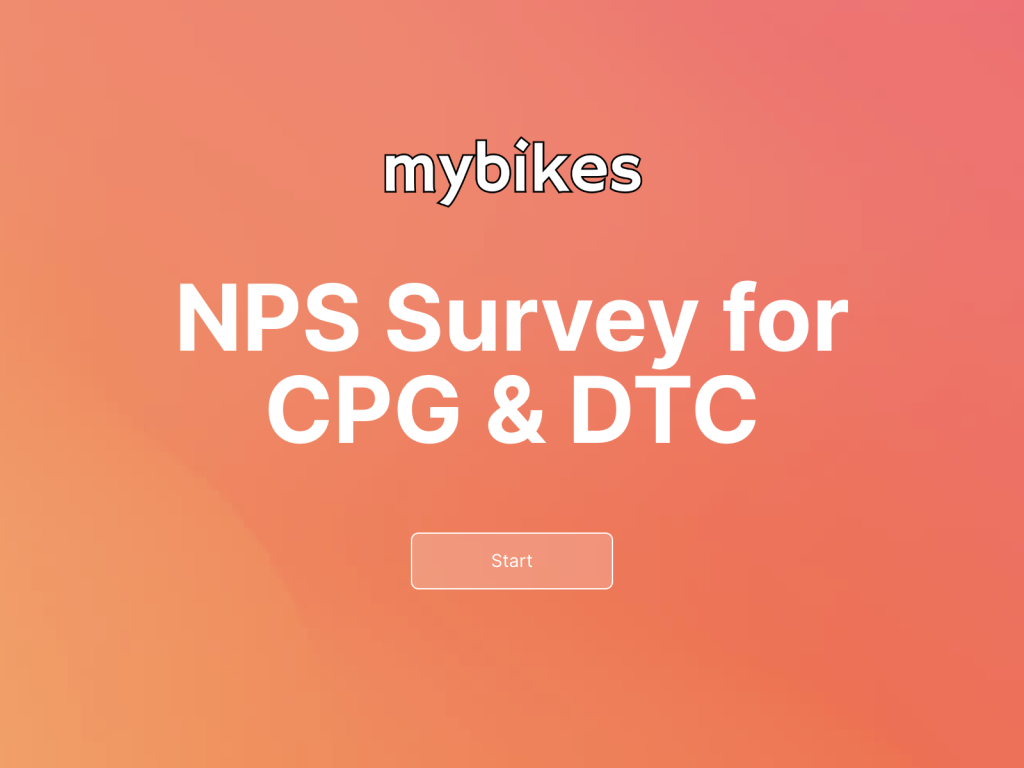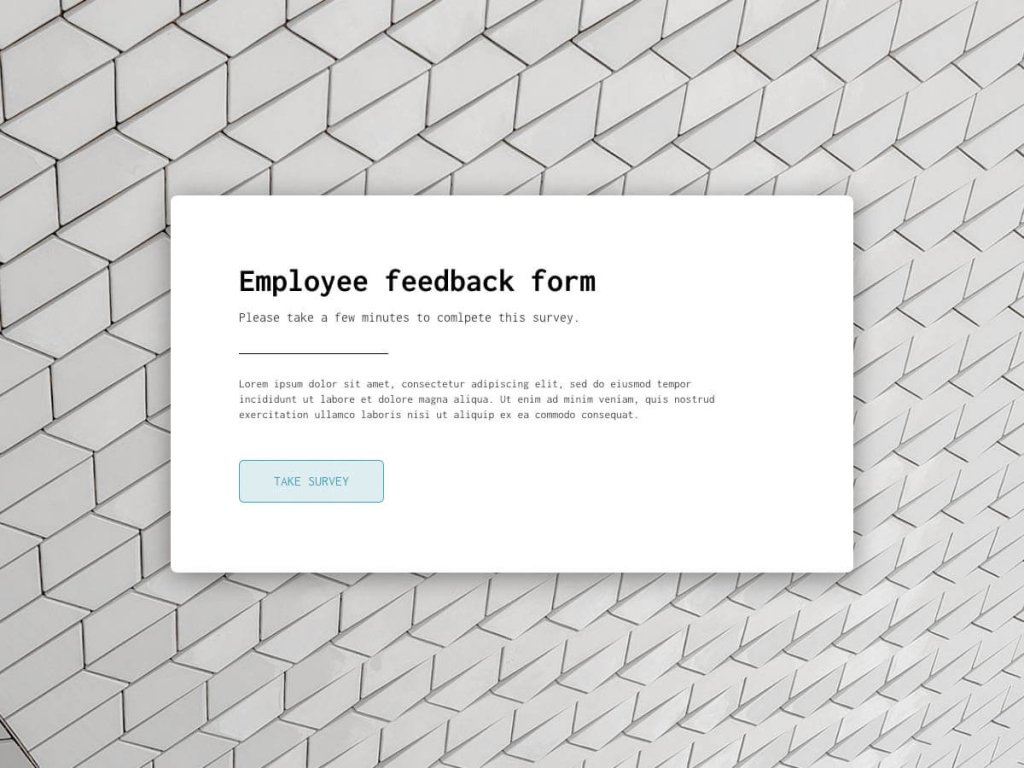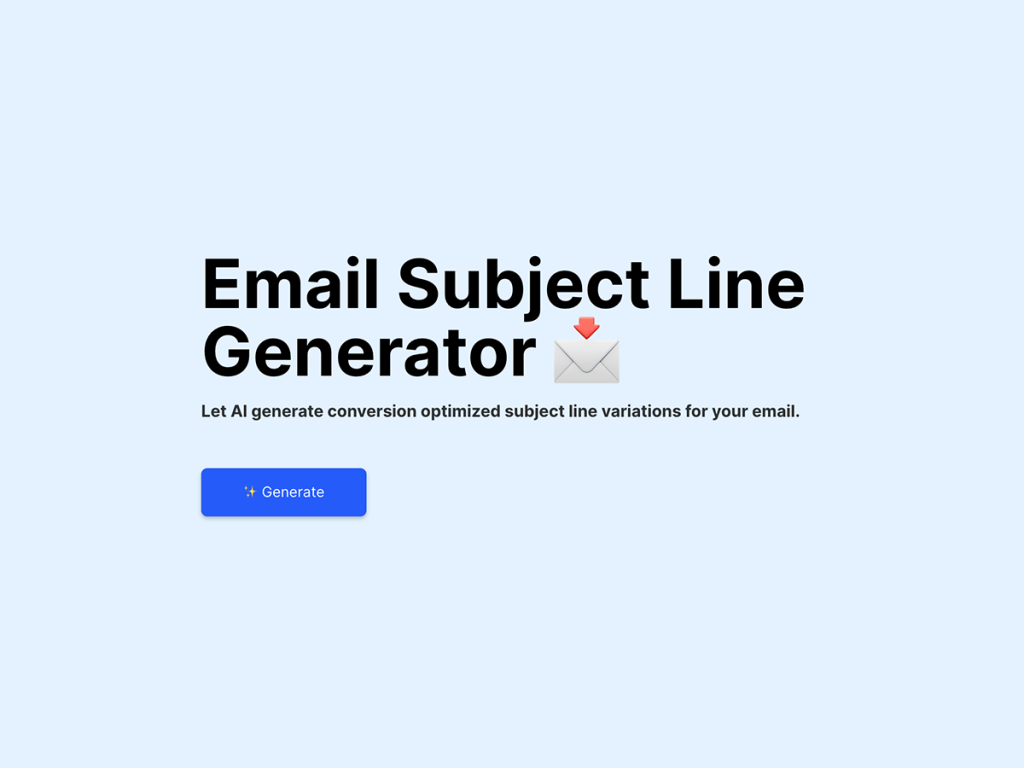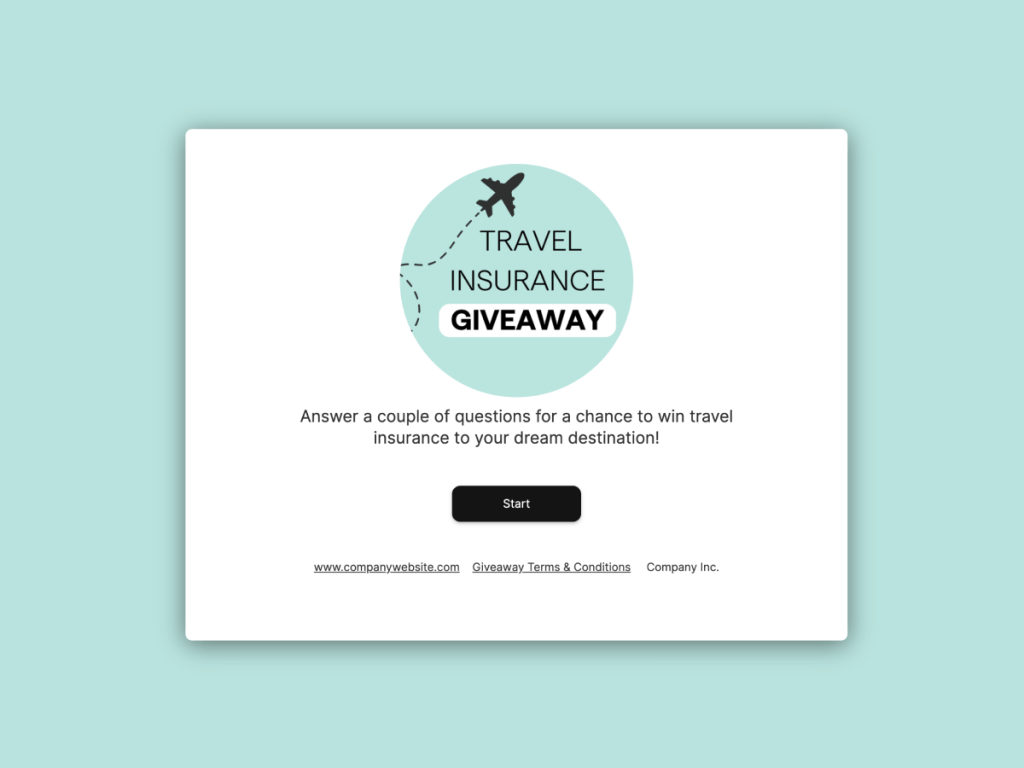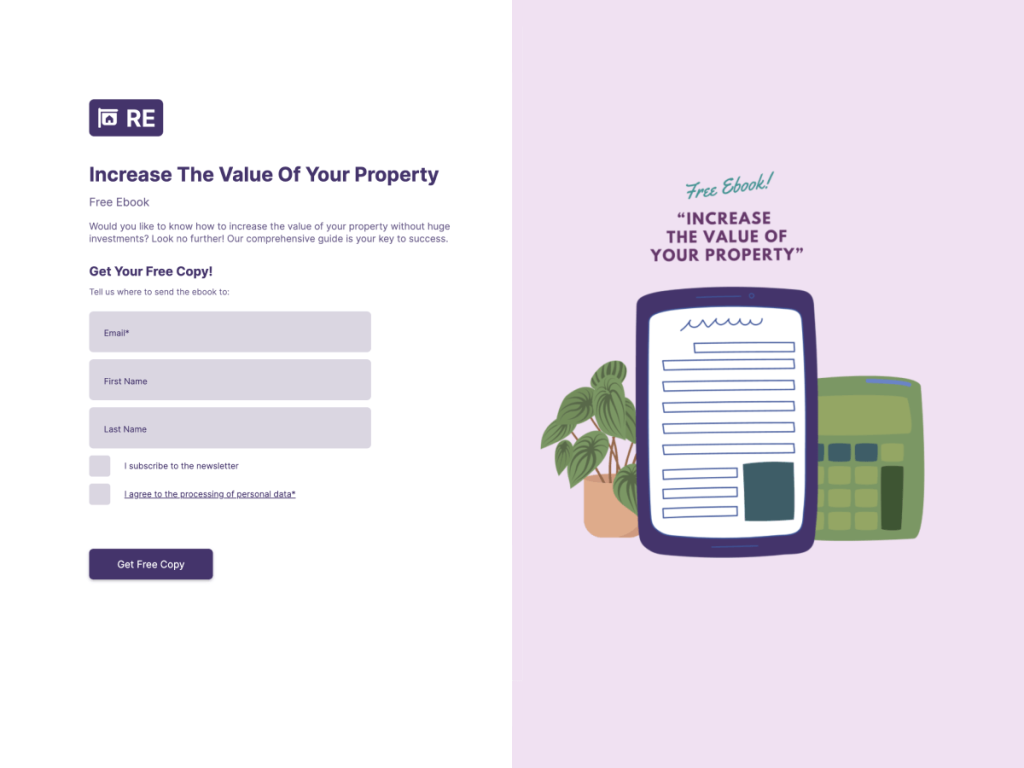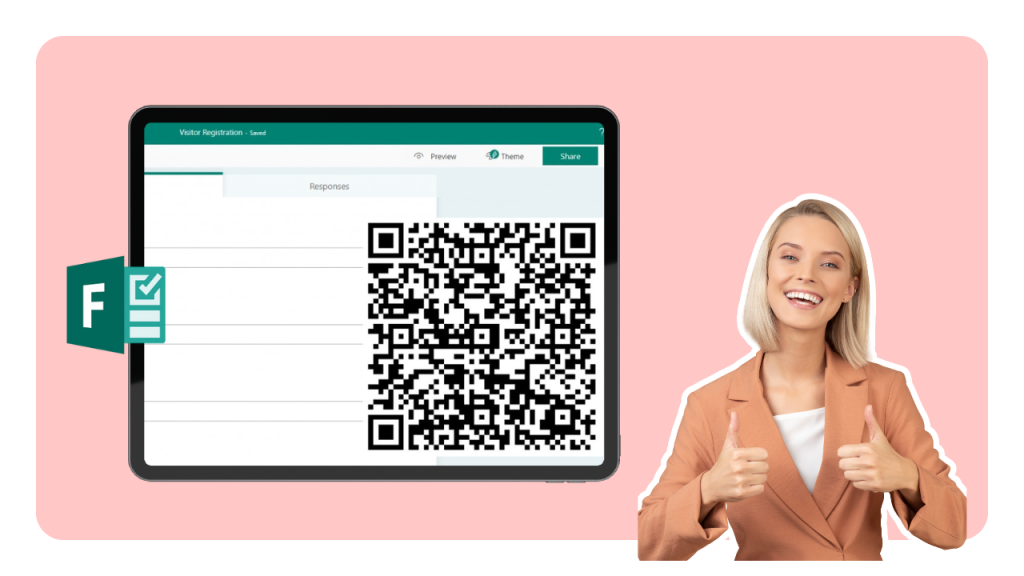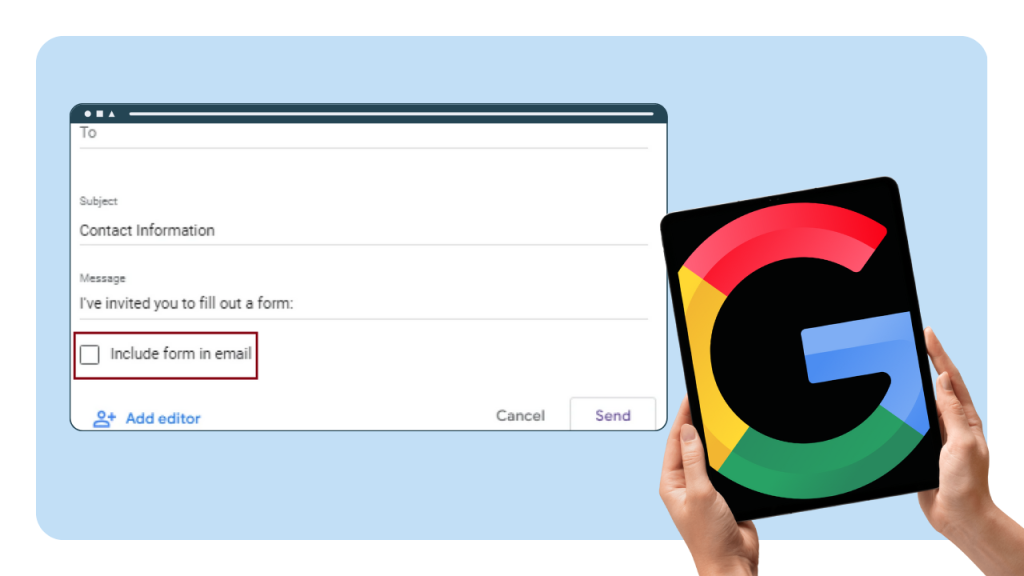A key aspect of a successful business lead generation strategy is recognizing that even as magnets attract certain objects, they can also repel others. Aligning company interests with the interests of its customers is vital.
Drawing in the wrong customers can lead to poor business performance, while attracting and retaining the right customers paves the way for long-term success. Ideally, a business wants to do both - attract the right customers, and repel the wrong ones. However, improper implementation of lead magnets might unintentionally repel the right customers if not implemented properly.
To optimize user engagement and enhance the overall user experience, it is crucial to determine the most effective placement, description, and visuals for lead magnets. That's exactly what we cover in this article:
Understanding User Behavior and UX Analysis
When it comes to crafting the perfect lead magnet, it’s important to take an iterative approach. Businesses should be open to experimenting with various ideas they believe would work best. Without proper testing, businesses are merely guessing, and relying on guesswork is not a sound data-driven way to optimize user engagement.
Companies that value, understand, and apply user research and design principles have seen significant growth. In fact, over a recent 10-year period, these companies outperformed the S&P 500 by more than 211%. This emphasizes the financial importance of truly understanding customers and collaborating with design professionals who create solutions that meet the needs of both the business and the customers.
User Research Methods for Lead Magnet Placement
When it comes to determining the optimal placement of lead magnets, several user research methods can provide meaningful insight. Here are some effective approaches:
User feedback and surveys. User feedback is the simplest way to know if a business is on the right track. Gathering feedback directly from users through customer surveys, usability studies, stakeholder interviews, prototype user testing, and building personas helps understand customer preferences and needs. Usability testing evaluates whether user(s) are able to use a digital product efficiently. The first key to effectively attracting customers with the best lead magnet is to understand the users.
Create Branded Surveys
Start with a template code free
SaaS Onboarding Funnel Template
Opinion Scale Survey for CPG & DTC Template
Review Funnel Simple Template
Employee Feedback Form Template
Big Five Personality Test Template
Opinion scale survey for legal services Template
A/B testing. Also known as split testing, A/B testing is one of the best tactics to increase conversion rates for business platforms and ecommerce sites. A/B testing involves comparing multiple variations of a similar concept against one another in order to help determine which performs better with customers. It can be used to assess how customers will react to changes in a website’s interface.
Click and scroll heatmaps. Heatmaps offer visual representations of aggregated data on user interactions with a website, using color to depict patterns. They are a great way to visualize vast amounts of user data, because they condense all website sessions and interactions into a snapshot that showcases where users are spending their time. Click heatmaps help visualize where users click the most, while scroll heatmaps help visualize how far users typically scroll down a given page. This tool helps identify the most engaged sections of a website.

Example of a heatmap
Eye tracking and session recording studies. Eye tracking usability studies provide detailed insight into how users visually engage with an interface. While valuable, this method can be more complex and expensive without the proper tools and volume of participants. Focusing on the methods mentioned above can provide a better starting point when determining lead magnet placement while working on the website and mobile app development.
Analyzing User Behavior for Lead Magnet Placement
Properly analyzing user behavior is crucial for improving conversion metrics and user engagement. Here are some key analysis methods:
Heatmap analysis. For example, heatmaps might highlight that users are clicking into the “About” page instead of immediately engaging with a lead magnet, indicating the need to provide more context about the product or service on initial landing.
Key questions heatmap analysis can help answer include:
Are users clicking on the most important page elements?
Are users clicking non-clickable elements?
Are users navigating away from the desired content/sales funnel?
Scroll depth analysis. Many companies try to put as much information above the fold where a user can see information without having to scroll.
However, scroll depth analysis might show that users scroll the website 90% of the time, allowing for more precise timing in revealing a lead magnet later in the user journey.
Scroll depth analysis helps answer questions such as:
When are users dropping off the page?
Are users seeing the most important content on the page?
Are users navigating away from the page at a certain point?
Conversion funnel analysis. Conversion funnels, also called sales funnels, describe the different stages of the customer journey that a user completes before a desired outcome (conversion) or sale. Studying conversion funnels allows businesses to understand the stages of the customer journey and where potential customers drop off. Identifying bottlenecks and patterns can help improve lead magnet placement and engagement, and can help optimize the conversion process.
Best Locations for Lead Magnet Placement (with Examples)
When it comes to lead magnet placement, it’s important to consider strategic locations that maximize visibility and engagement. Let’s explore a wide array of effective placement options with examples from Peloton, a leader in the health and fitness equipment industry. They effectively craft many well-aligned lead magnets throughout the customer journey for each of their sales funnels (app, equipment, apparel).
Above the Fold
Content and details visible without scrolling (or, “above the fold”, which is a term dating back to the early days of the newspaper industry) is priority real estate for lead magnets.
Peloton utilizes the hero section (the first section of the web page, also referred to as the hero image or banner and typically goes full width across the screen) and header navigation at the top of the page to offer lead magnets like free trials or discounts to new customers. Placing lead magnets in these highly visible areas ensures they capture users’ attention immediately.
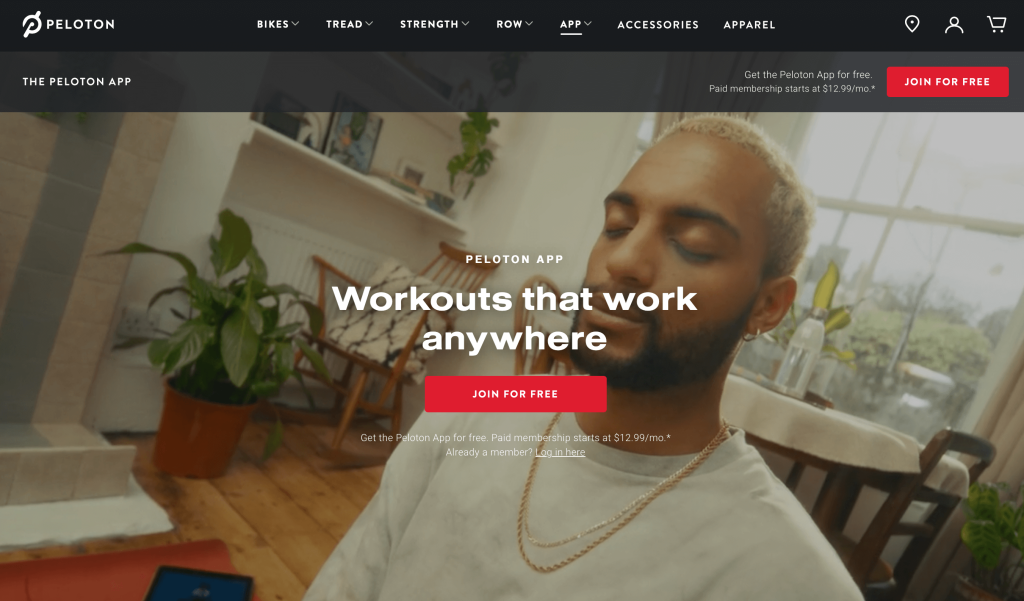
Peloton utilizes this strategy depending on which sales funnel the customer is in. For example, they offer customers further down the sales funnel the option to rent before buying.
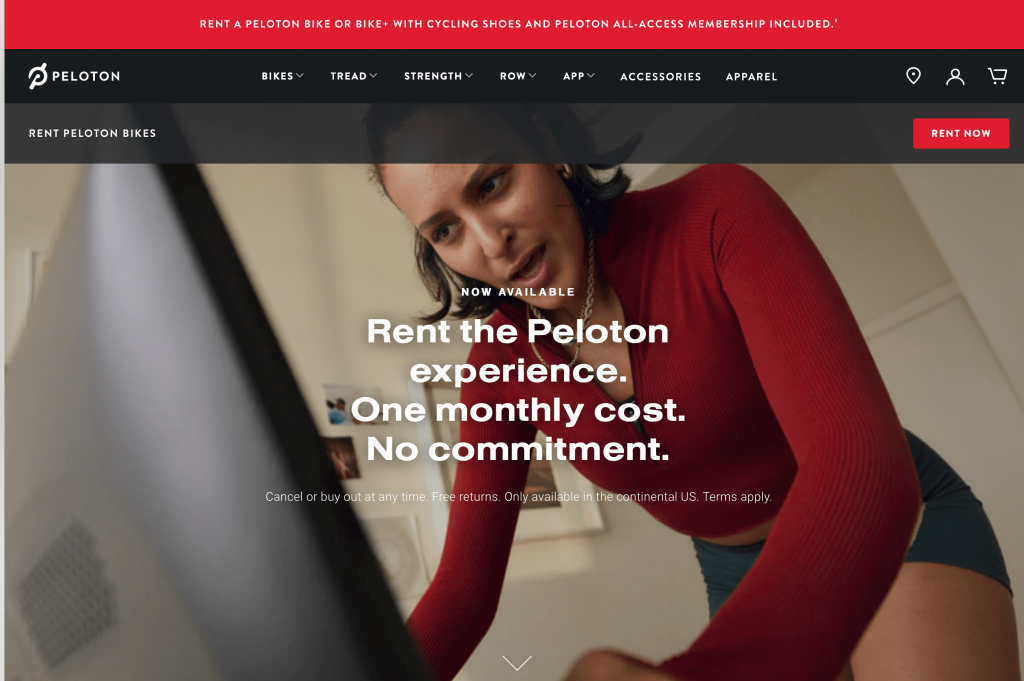
They also offer customers in different sales funnels different lead magnets, like discounts, trials, quizzes, and classes. Peloton deliberately places lead magnets specific to each point in the customer journey, instead of placing all information and CTAs on the first page.
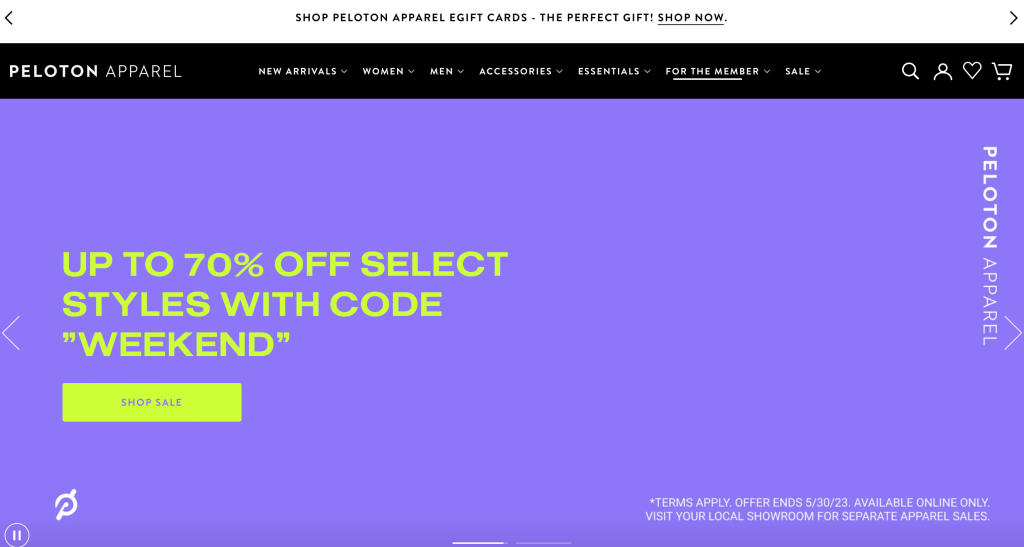
Content-Related Sections
Peloton leverages their blog and content strategy to provide information users value. In doing so, they strategically place lead magnets within the content of the blog post instead of above the fold. By understanding that users are seeking information and are more likely to scroll through the post to find it, Peloton increases the chances of engagement with the magnet and decreases their bounce rate.
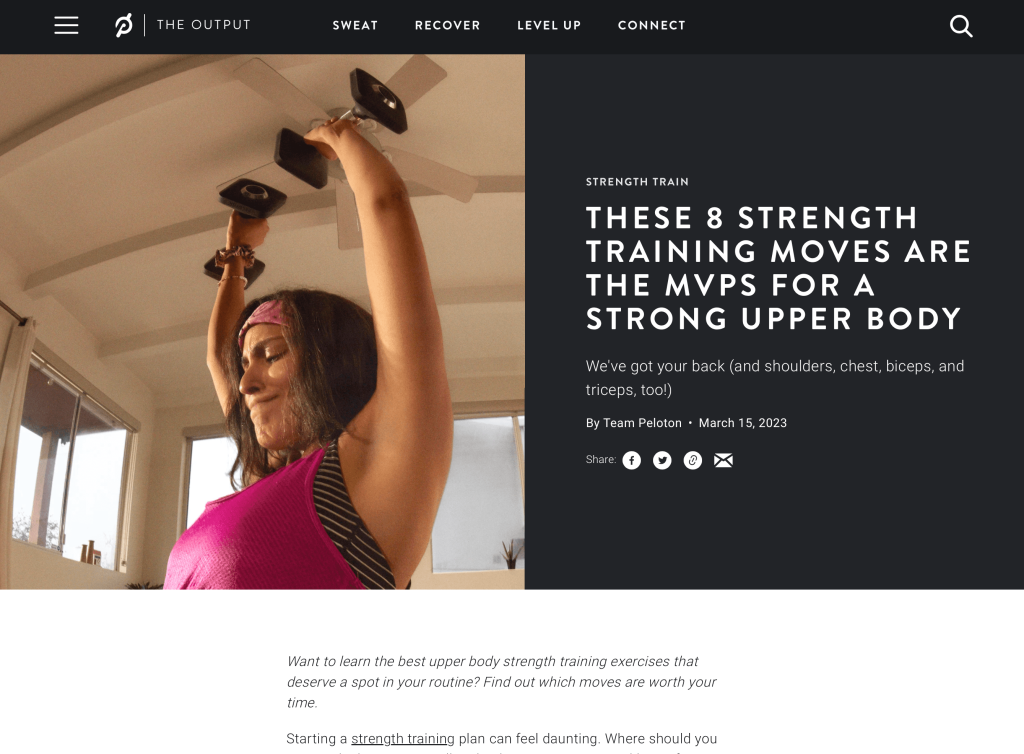
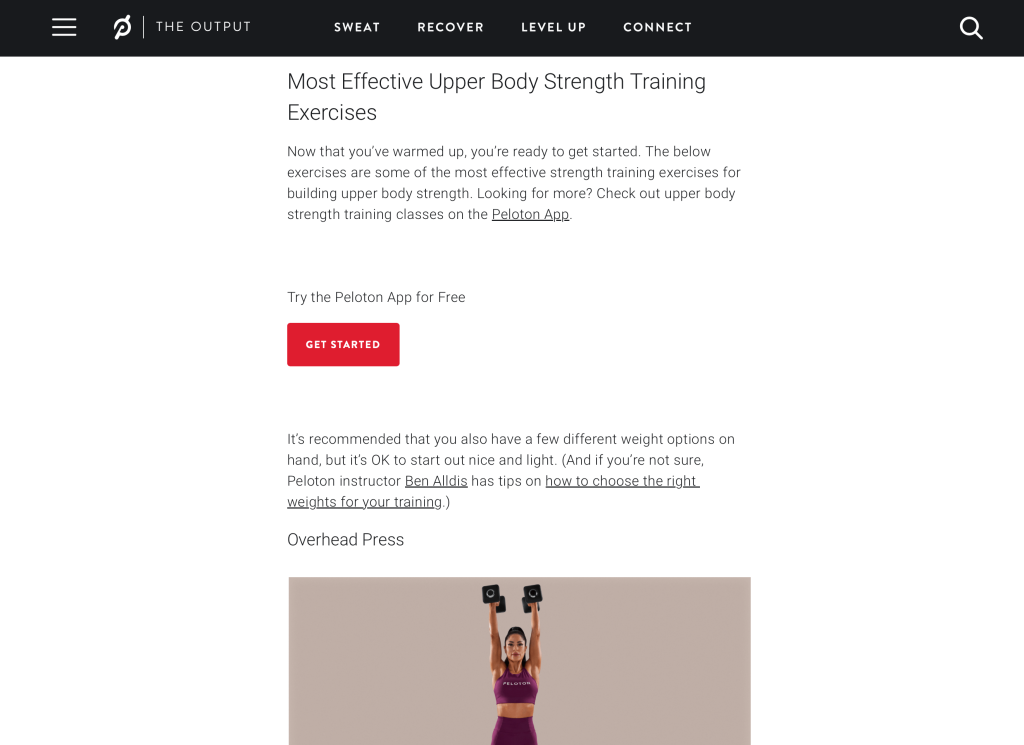
Exit Intent Pop-ups
While pop-ups should be used sparingly to avoid frustration for users, triggering pop-ups at the right time in the user journey can be an effective way to present lead magnets. Some are triggered as a user is about to leave a site. Peloton uses them selectively based on the customer journey and the specific content users are interacting with. This ensures that pop-ups stay relevant to the user.
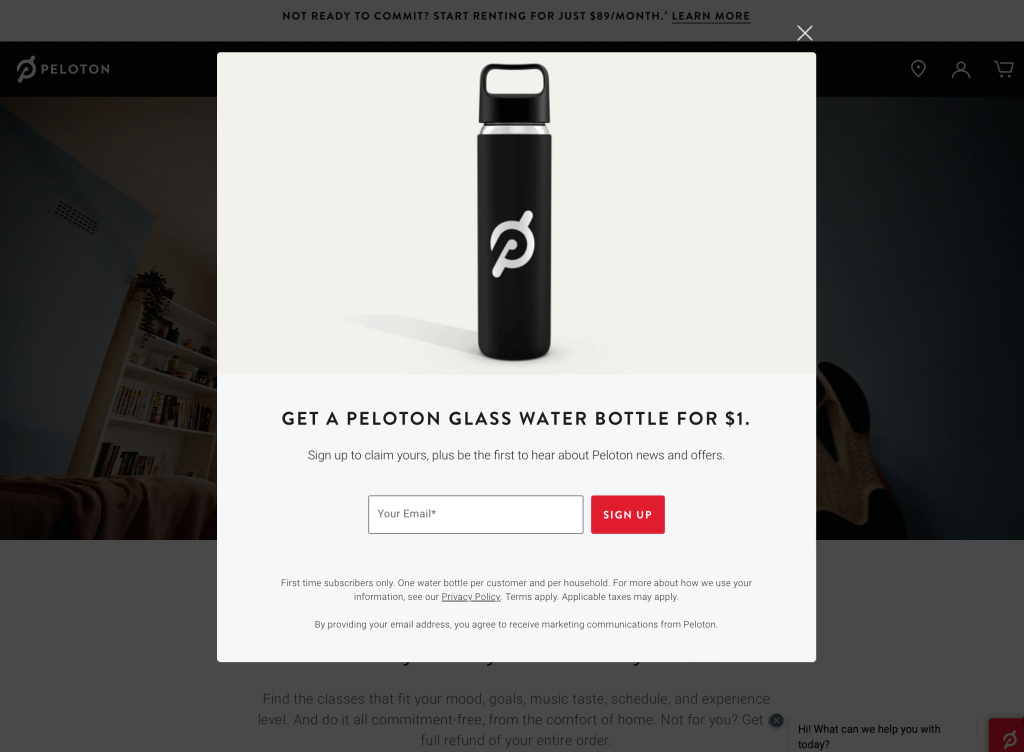
It should be noted that Peloton’s lead magnet strategy is tailored to their specific customer journeys and is optimized for their target audiences. The best way to optimize lead magnet engagement is through purposeful user research and study with customers specific to the intended target audience.
Create Your Own Lead Magnet
Start with a template code free
Event Sign-Up Form Template
Yelp Review Funnel Template
Email Subject Line AI Generator Template
Giveaway Form for Insurance Template
Lead Magnet Quiz for Real Estate Template
Home Insurance Finder Quiz Template
Lead Magnet Best Practices
When tailoring lead magnets for your specific company or business, it’s important to remember these best practices.
Relevance. Lead magnets must be relevant to the customer. If customers want to know more about a product, offering demos, rentals, or subscriptions are going to be more relevant than things like ebooks or seminars. Vice versa, if customers want more content, pushing them toward a product can repel them. Tailor offerings to provide value and address pain points.
Alignment. Align lead magnets with a customer’s willingness to take action. Consider where they are in the sales funnel and offer lead magnets that align with their intent. Avoid offering incentives not aligned with where they are in the journey. Pushing lead magnets for discounts to customers not willing to pay won’t attract strong leads.
Compelling CTA. Include a clear and compelling call-to-action for customers. Guide them on what action to take next, like downloading a book, signing up for a trial, or enrolling in a company demo. Make CTAs specific and easy to follow. Optimize them through understanding what resonates best with customers.
Mobile Responsiveness. Failing to consider responsive touchpoints for customers can mean limiting opportunities for success. Optimize lead magnets for mobile devices and provide a seamless experience across different devices and sizes. Ensure lead magnets are responsive and user-friendly across all touchpoints.
Summary
Lead magnets play a crucial role in a successful strategy. There are many kinds of lead magnets, and there are many ways to incorporate them to attract, convert, and retain the right customers. Engagement comes by aligning lead magnets with customer needs throughout the customer journey. Determining when, where, and what kind of lead magnet will best come through user testing, A/B testing, and heat and scroll map analysis. By continuously refining and optimizing lead magnet strategies based on user insights, businesses can maximize effectiveness and engagement for long-term success.
Author
John Bellio is a seasoned UX designer with a successful track record leading design initiatives for top companies in the United States. Through his years of experience, he has gained a wealth of knowledge on design principles, practices, and concepts, which he shares with others through his writing.


